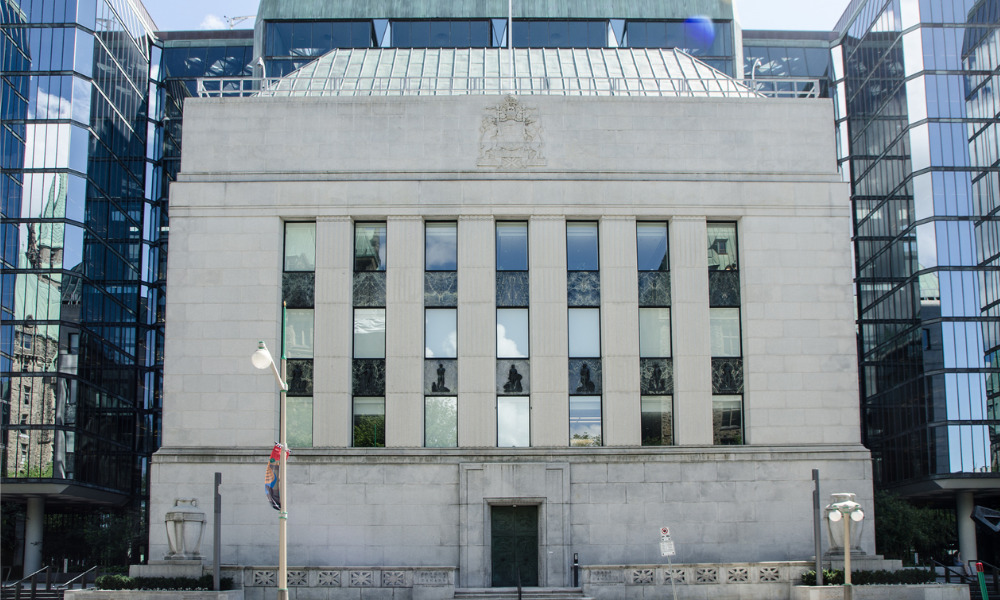The central bank continues to face significant challenges in its quest to restore price stability

Sticky core inflation measures indicate that the Bank of Canada’s policy rate will likely remain high for some time, according to Priscilla Thiagamoorthy, senior economist and vice president of economics at BMO.
The consumer price index clocked in at 2.8% annually in June, the lowest year-over-year level since March 2021. This also brought annualized inflation within the central bank’s target range of 1%-3%.
However, “The bank’s key core metrics – the trim and median measures – averaged 3.8%, compared to 3.9% in the prior month,” Thiagamoorthy said. “While headline inflation has made significant strides, core inflation remains more persistent, highlighting the challenge the BoC faces in its battle to restore price stability.”
Doug Porter, Chief Economist at BMO noted that the Bank of Canada’s latest rate hike would probably temper the immediate homebuying ambitions of many would-be entrants to the market.https://t.co/QJcWPzTC1A#mortgagenews #mortgagebroker #ratehike #homesales #housingmarket
— Canadian Mortgage Professional Magazine (@CMPmagazine) July 18, 2023
In a recent analysis, Pedro Antunes of the Conference Board of Canada said that the BoC will refrain from further hikes beyond 5% due to headline inflation’s slowdown – but the possibility of a cut is far less likely due to core inflation.
Antunes cited mortgage interest costs, which rose by 30.1% annually in June, as a major driver of sticky inflation.
“I think [the BoC is] pushing hard on the message that they need to keep interest rates high to convince folks they will succeed in getting inflation down to that 2% rate,” he said.
BMO warned that food will be another significant element that could contribute to the inflation-interest rate dynamic.
“Food inflation continues to bite, rising 0.8% m/m (+0.5% seasonally adjusted), keeping the yearly rate at +8.3% y/y despite the slowing on the producer front,” BMO said. “There’s likely some softening ahead for food inflation, but this will likely remain a sore spot for consumers for some time.”



